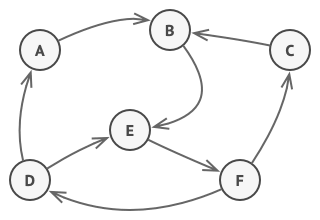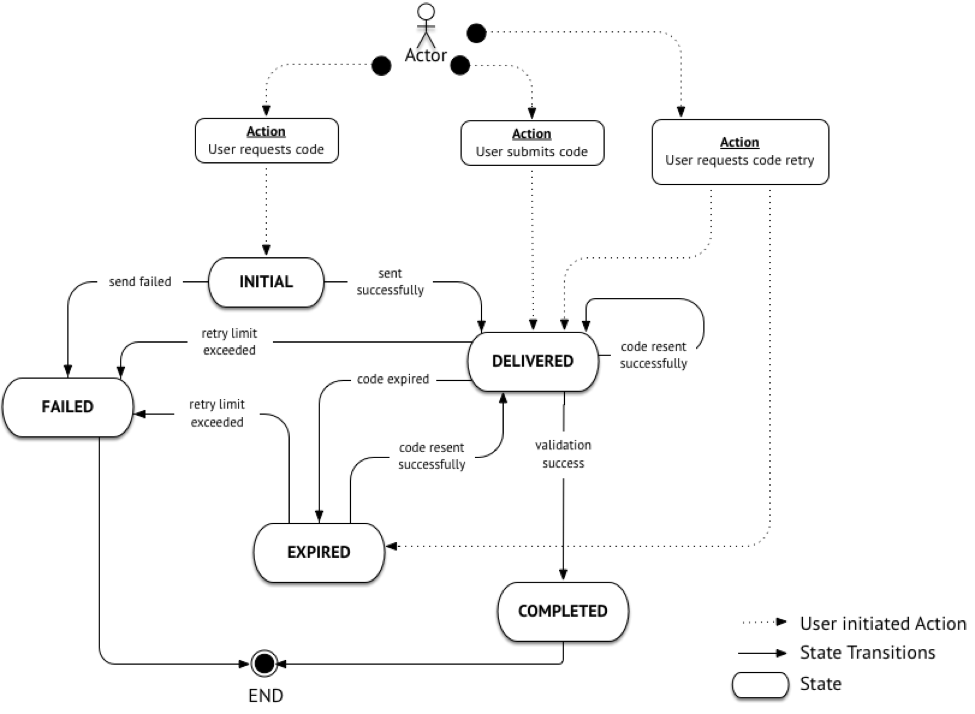

Also, there are efficient algorithms to find a DFA recognizing: Advantages and disadvantages ĭFAs are one of the most practical models of computation, since there is a trivial linear time, constant-space, online algorithm to simulate a DFA on a stream of input. This is also true for the largest induced sub-digraph of minimum in-degree one, which can be seen as a directed version of 1-core. In a random DFA, the maximum number of vertices reachable from one vertex is very close to the number of vertices in the largest SCC with high probability. It has also been proven that if k is allowed to increase as n increases, then the whole digraph has a phase transition for strong connectivity similar to Erdős–Rényi model for connectivity. It is known that when k ≥ 2 is a fixed integer, with high probability, the largest strongly connected component (SCC) in such a k-out digraph chosen uniformly at random is of linear size and it can be reached by all vertices.

When the start state and accept states are ignored, a DFA of n states and an alphabet of size k can be seen as a digraph of n vertices in which all vertices have k out-arcs labeled 1, …, k (a k-out digraph). The class of languages accepted by Myhill graphs is the class of local languages. The language accepted by a Myhill graph is the set of directed paths from a start vertex to a finish vertex: the graph thus acts as an automaton. Ī Myhill graph over an alphabet A is a directed graph with vertex set A and subsets of vertices labelled "start" and "finish". Local automata accept the class of local languages, those for which membership of a word in the language is determined by a "sliding window" of length two on the word.
#Creating finite state automata software
For example, a DFA can model software that decides whether or not online user input such as email addresses are syntactically valid. A DFA has a start state (denoted graphically by an arrow coming in from nowhere) where computations begin, and a set of accept states (denoted graphically by a double circle) which help define when a computation is successful.Ī DFA is defined as an abstract mathematical concept, but is often implemented in hardware and software for solving various specific problems such as lexical analysis and pattern matching.

For example, if the automaton is currently in state S 0 and the current input symbol is 1, then it deterministically jumps to state S 1. Upon reading a symbol, a DFA jumps deterministically from one state to another by following the transition arrow. For each state, there is a transition arrow leading out to a next state for both 0 and 1. The automaton takes a finite sequence of 0s and 1s as input. In this example automaton, there are three states: S 0, S 1, and S 2 (denoted graphically by circles). The figure illustrates a deterministic finite automaton using a state diagram. In search of the simplest models to capture finite-state machines, Warren McCulloch and Walter Pitts were among the first researchers to introduce a concept similar to finite automata in 1943. Deterministic refers to the uniqueness of the computation run. In the theory of computation, a branch of theoretical computer science, a deterministic finite automaton ( DFA)-also known as deterministic finite acceptor ( DFA), deterministic finite-state machine ( DFSM), or deterministic finite-state automaton ( DFSA)-is a finite-state machine that accepts or rejects a given string of symbols, by running through a state sequence uniquely determined by the string. For example, the string "1001" leads to the state sequence S 0, S 1, S 2, S 1, S 0, and is hence accepted. The state S 0 is both the start state and an accept state. An example of a deterministic finite automaton that accepts only binary numbers that are multiples of 3.


 0 kommentar(er)
0 kommentar(er)
